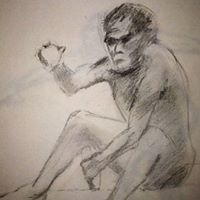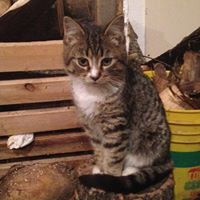Betty Boop, created by Max Fleischer, was a cartoon character based on which real-life actress?
In 1930, Fleischer Studios animator Grim Natwick introduced what was alleged to be a caricature of Helen Kane, with droopy dog ears and a squeaky singing voice, in the Talkartoons cartoon Dizzy Dishes. "Betty Boop", as the character was later dubbed, soon became popular and the star of her own cartoons. In 1932, Betty Boop was changed into a human, the long dog ears becoming hoop earrings.
In May 1932, Kane filed a $250,000 suit against Paramount and Max Fleischer, charging unfair competition and wrongful appropriation in the Betty Boop cartoons. The trial opened that year with Helen Kane and Betty Boop films being viewed only by the judge. No jury was called. Bonnie Poe, Kate Wright, Margie Hines, and most notably Mae Questel were all summoned to testify.
The case dragged on for more than two years before the judge ruled against Kane, claiming her testimony did not prove that her singing style was unique and not an imitation itself; an African American singer known as "Baby Esther" had been cited by the defense as "booping" in song. Theatrical manager Lou Walton testified for the defense stating that in 1925, he coached a "young negro child" named Esther, teaching her how to interpolate her songs with scat lyrics, which she later re-purposed into her trademark "boop oop a doop". Jones' manager testified that he and Kane had seen her act together in April 1928, and just a few weeks later, Kane began to "boop".
More Info:
en.m.wikipedia.org










